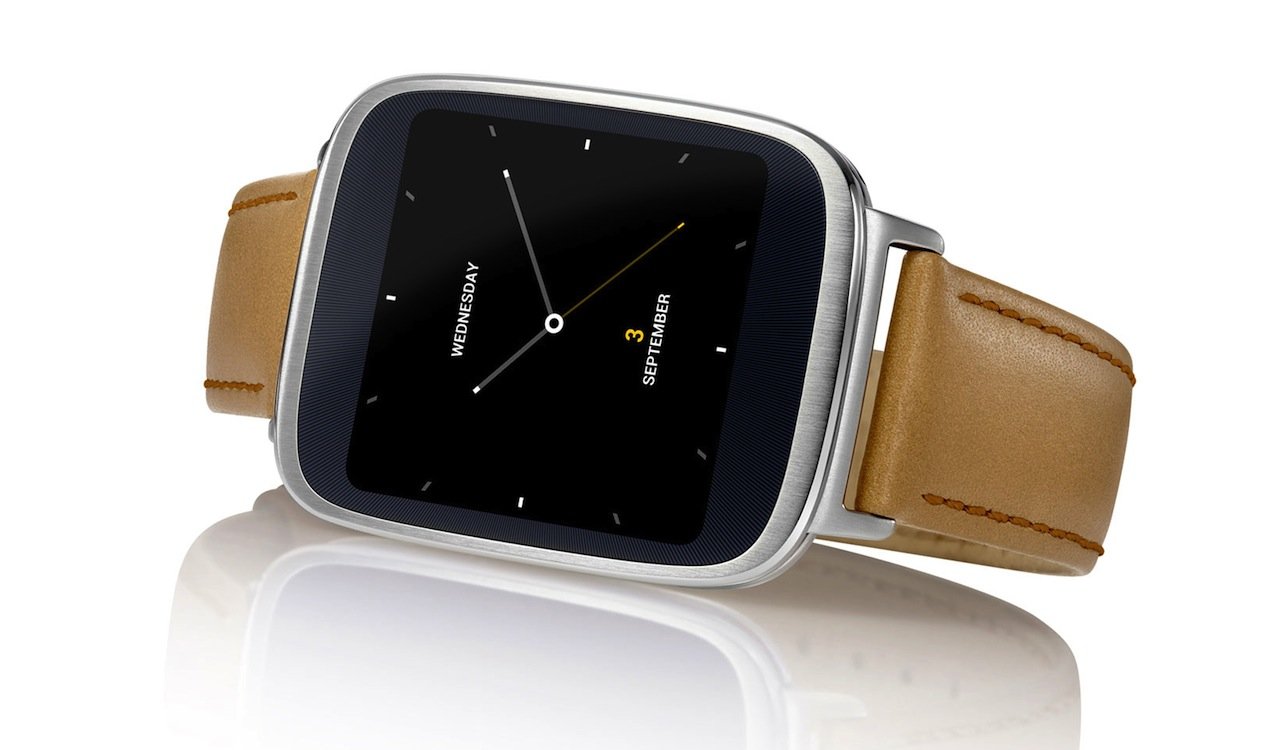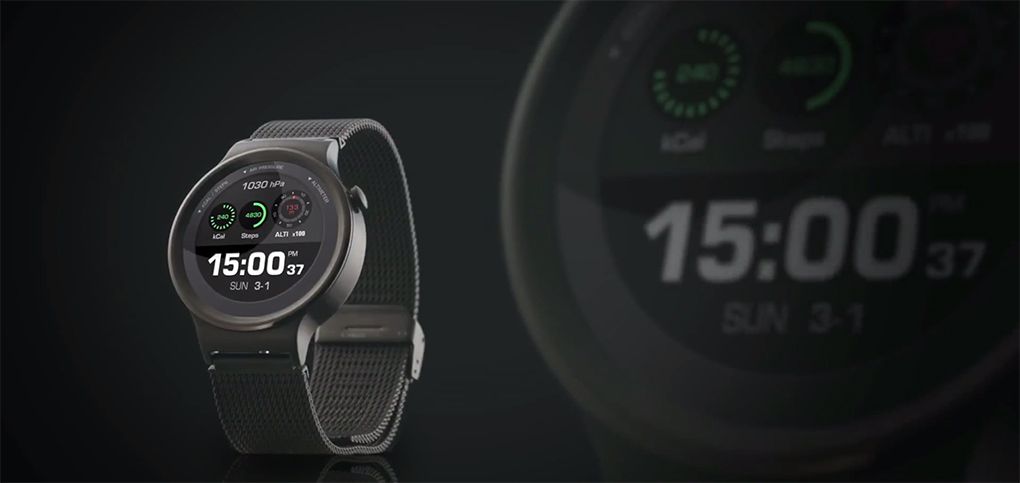March 22, 2015
Posthuman dystopia
I'd recently read Blindsight by Peter Watts after my Kindle recommended it and the content of the reviews suggested I would like it (correct and correct). It's a posthuman sci-fi novel about a small group of enhanced humans sent on a decades-long journey to investigate an alien presence at the outer regions of the solar system. Throughout, there's a sense that humanity has reached a dead end. As people with means alter themselves with enhanced abilities--man/machine interfaces, multiple consciousnesses in one person, neuro-physical updates--un-altered "baselines", without the ability to keep up against an advanced society, hook their brains up to a virtual world called Heaven. Once in, they abandon any emotional bond to those they left behind. One particularly odd aspect of the novel is that vampires exist as an extinct offshoot of humans. They have been resurrected and though there is a detente of sorts, they are so far advanced in intelligence and ability that even the most enhanced humans are like children. To trump even this level of insignificance, the aliens the crew encounter are orders of magnitude more adept than even vampires.
I've since started the sequel titled Echopraxia (which means "the involuntary repetition or imitation of another person's actions"). I'm 50-or-so pages in, but the grimness is the same. The action takes place on Earth where a group of hive mind Bicamerals push the boundaries of invention but cannot explain how they achieve it. It's another example of humans becoming so far from equal that there is no longer a single humanity. Non-Bicamerals are as threatened by them as baselines by the transhumans. Similar fears have been echoed in Bacigalupi's The Windup Girl (and his even more stunning and depressing short stories Pump Six), Rajaniemi's The Quantum Thief trilogy, and even somewhat in Atwood's Oryx and Crake trilogy. Notably, Watts is a marine biologist, Rajaniemi a mathematician and programmable DNA entrepreneur, and Atwood a developer of remote robotics.
Contrast these with Vernor Vinge's Rainbows End (read at the same time as Oryx and Crake). Though he deals only slightly with posthumanism, he shows the tension of modern, augmenting technology. Rainbows End has all of the aspects of a dystopian warning--aggressive emergent AI, near 100% surveillance state monitoring, the physical destruction of all books in order to digitize--yet he somehow offers an optimistic message in the end. Ever the singularitanist. Or maybe the realist. Still, sci-fi is not about what will happen; it is simply plotting a straight line with a few of the data points we currently have. Sometimes it's a warning, sometimes a hope.
March 14, 2015
Recent movie-watchin'
Over the last month or so, Lisa was out of town so I got to watch a lot of my movies. Here:
Two art documentaries, The Artist is Present [ IMDB | Rotten Tomatoes ] and Exit Through the Gift Shop [ IMDB | Rotten Tomatoes ]. Artist was more moving than I'd anticipated. Abramovic's show from the film's title--where viewers took as much time as they wanted to sit in front of her--went, in my mind, from being attention-demanding by the artist to more an act of respect for the viewer. Many who sat were brought to tears; a Tumblr page documents some of them. Exit was interesting at first when it was documenting the various street artists and their cavalier exploits (are there any other kind?!), but its twisty hook halfway in left me cold. Maybe I just wanted a different documentary. Exit is about, as the title would suggest, the commodification of free expression. I wanted a Scratch-like history of that free expression. Oddly, I was put off by Maria's conspicuous wealth acquired via an art form that started as rebellion against the over-commodification of art (paintings as investments instead of expression), yet showing street art in galleries did not bother me. A quote from the article VISUAL ART PERFORMANCE VS. CONTEMPORARY PERFORMANCE for reference:
One impulse behind Visual Art Performance was the rejection of making objects for sale in favor of creating non-commodifiable, ephemeral events that were meant to critique and undermine the capitalist structures of the art market. Some artists, like Marina Abramovic, have managed to commodify that work in retrospect, completely abandoning any pretense of anti-capitalism, in fact becoming major players in it.
Re-watched A Clockwork Orange [ IMDB | Rotten Tomatoes ] after a coworker commented on it. It holds up well, but its violence has become more satirical than grisly over time. Still, Malcolm McDowell is a memorable bastard. I'd avoided reading the book since many cite it as extremely difficult because of the first-person slang used, but decided to buy a copy and give it a shot. I got the Rawlinson-edited Norton edition because it contains a glossary and various essays on the book and the movie. Haven't started, but several random excerpts have been enormously entertaining. I had gone into one weekend with the hope of watching some classic Japanese cinema. I couldn't work up the courage to watch Ran (almost 3 hours), so I scanned Mubi's list of 30 MUST SEE JAPANESE FILM CLASSICS. I had already seen Woman in the Dunes (#13), Rashomon (#14), Tampopo (#28), and Audition (#30). For some reason Funeral Parade of Roses (#16) [ IMDB | Rotten Tomatoes ] caught my eye. Their description sold me:
A feverish collision of avant-garde aesthetics and grind-house shocks (not to mention a direct influence on Stanley Kubrick's A Clockwork Orange), Funeral Parade of Roses takes us on an electrifying journey into the nether-regions of the late-'60s Tokyo underworld.
The director did interesting things with time-shifting and repeating scenes. I could see some of what Kubrick borrowed in the slapstick fast-forwarding. Experimental but actually moving at times with a wow ending.
More experimentation with The Strange Color of Your Body's Tears [ IMDB | Rotten Tomatoes ]. It wasn't until the 10th time I was reminded of Amer that I realized it was the same directors. Very style heavy but with a menace that files it with the memorable Berberian Sound Studio.
More mainstream stuff: I finally got to see Showgirls [ IMDB | Rotten Tomatoes ] since Netflix recently added it. Like not knowing what Rosebud is, I felt that a basic cinema element was missing in my education. The most unsexy sexy film I've ever watched, it wasn't as all-out horrible as was promised. Biggest surprise: Gina Gershon looking like she did on Seinfeld! The Grey [ IMDB | Rotten Tomatoes ] was stunning from start to finish. Writ as all metaphor, it maybe could have ended as melodrama but didn't.
March 12, 2015
Smart watch 2
Six months on, almost exactly, and the smart watch scene has matured to mid-infancy. Apple provided more specifics about their watch on Monday (starts at $350, releases on 24 Apr) and so the reviewers began assessing the potential and comparing it against Android Wear.
- Apple's contribution to the smartwatch: An app-centric approach and Wi-Fi from Ars - The wifi is a nice way to break it out from tethering.
- NILAY PATEL ON THE APPLE WATCH INTERFACE - Concerns about unintuitive navigation. Being able to internalize your domain space is important to avoid spacial confusion. Breadcrumb trails are a useful technique in web or desktop development. A phone or watch poses more constrained problems, but it's not like there isn't research in that area.
- Android Wear will get Wi-Fi support, gesture control in next software release - Competition is good! Sadly, the hardware already out there will of course need to support this. From a casual search, no one knows what devices do.
The Android offerings have gotten very stylish. What Caught My Eye:

Moto 360 - The first good design, still holds up.

Asus Zenwatch - The rare rectangular design that also looks good. I'm not sure why I think it looks better than the iWatch. Need to see them next to each other.

Huawei's Android watch - Just announced. See This could be the best-looking Android Wear smartwatch yet from The Verge for copious details. Better look than the 360 because the band connects in the middle of the watch instead of at the base.